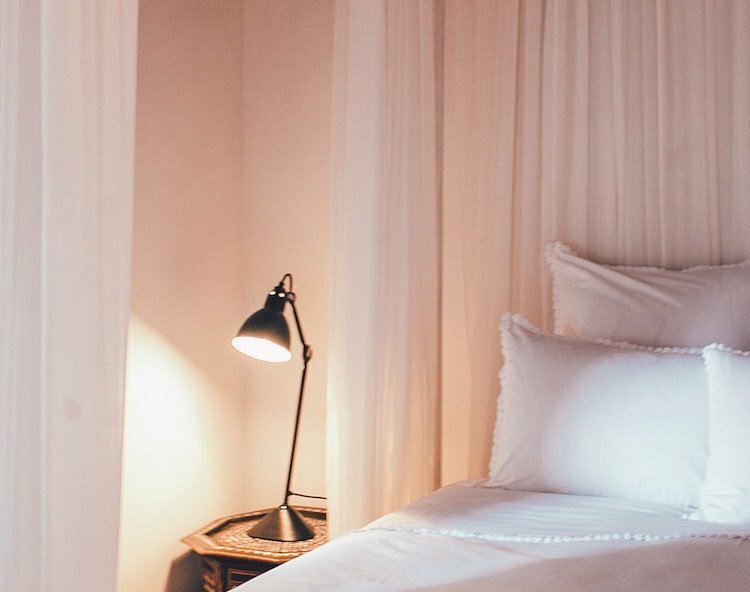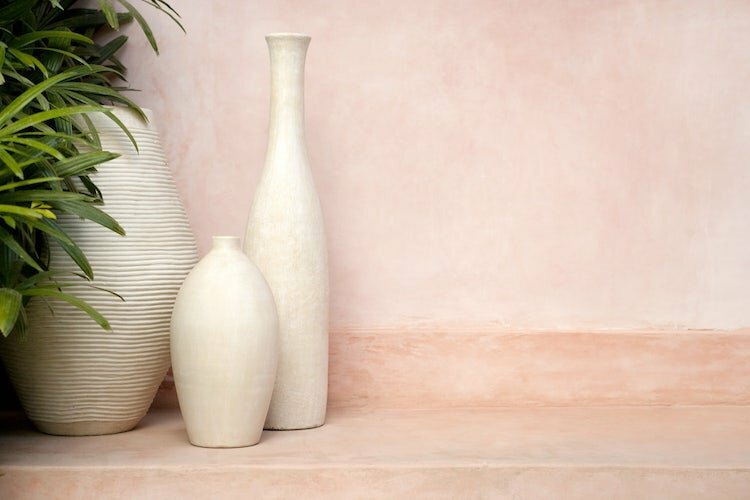Polished Plaster Walls – Everything you need to know
by Carl Ferri | Jun 4, 2020 | blog |

Thinking of creating polished plaster walls on a surface in your home? Here’s an expert guide we’ve put together to help you. 5 key facts with everything you need to know about using polished plaster in your interior design project.
Firstly let’s start by answering the most important question.
What are polished plaster walls?
Polished plaster is a decorative plaster finish which you apply to any type of surface. It produces a smooth uniform decorative finish that has a beautiful texture.
Polished plaster is an umbrella term for a wide range of decorative plasters. Each having a unique quality in terms of origin, colour, texture and technique. The different types of plasters vary in texture from very smooth and highly polished finishes to matt or pitted finishes. Extremely durable, they are a luxurious choice for interior surfaces adding bespoke finish with depth and character.
Here’s our top 5 list of exactly what you need to know about using Polished Plaster in your home
1. A hygenic breathable surface
This means that the plaster allows moisture to escape out through the surface of the plaster. This is ideal for wet rooms, such as bathrooms and showers. Additionally one of the key ingredients of the plaster is slaked lime. Lime is highly alkaline which as well as reducing moisture retention helps to inhibit the growth of bacteria, mould and mildew in damp areas.
2. Polished plaster is waterproof
The highly durable smooth surface is naturally waterproof. It is also possible to further enhance polished plaster walls with the addition of a protective wax coating. This creates an impenetrable waterproof seal. For best effect apply a top-up coat from time to time – which is easy to apply.
3. Low in VOCs
Polished plaster has a high percentage of natural ingredients. Unlike traditional plasters and paints it is low in VOCs – volatile organic compounds. These are the solvent based by-products which release into the atmosphere from building materials such as paint and plaster. In addition to leaving nasty lingering smells, they are known to have adverse effects on respiratory health. For added shine a final seal is provided by a natural beeswax coating. Alternativley there’s is also a sealing coating available which is vegan and free of animal products.
4. Precision matching to a range of colours
With the ability to match from the RAL colour system there is an almost limitless range of colours available. RAL is a European standard in colours for construction and architecture. Most commercial paint brands have RAL colour code matches for their colour charts.

This means it’s possible to match a paint colour you love. A Farrow and Ball colour, for example, bringing a bespoke quality to your interior design project. We have a variety of sample boards available to view to help in choosing your perfect surface finish. Contact us to find out more
5. There are several different names for Polished Plaster
Finally as we mentioned earlier polished plaster is actually an umbrella term for many different types of different plasters. Additionally each of them have their own unique qualities from their origins and uses over time. There’s another blog on the way that looks at different varieties of polished plaster in more detail but for now, let’s take a quick overview of a few of these here.
Tadelakt – a lime based plaster from Morocco which has been used for thousands of years
Venetian Plaster – Marmorino and Lucidato, made from crushed marble and lime putty are the most common forms
Microcement – A versatile and waterproof alternative to polished plaster. Microcement is a cement based coating which can be applied to many different surfaces
C Ferri Interiors provides expert application of all of these types of plaster alongside traditional decorating services. Read reviews from our many satisfied customers on Houzz . Please feel free to contact us for expert advice on our specialist decorating services as well as quotes on your interior decoration projects.



Recent Comments